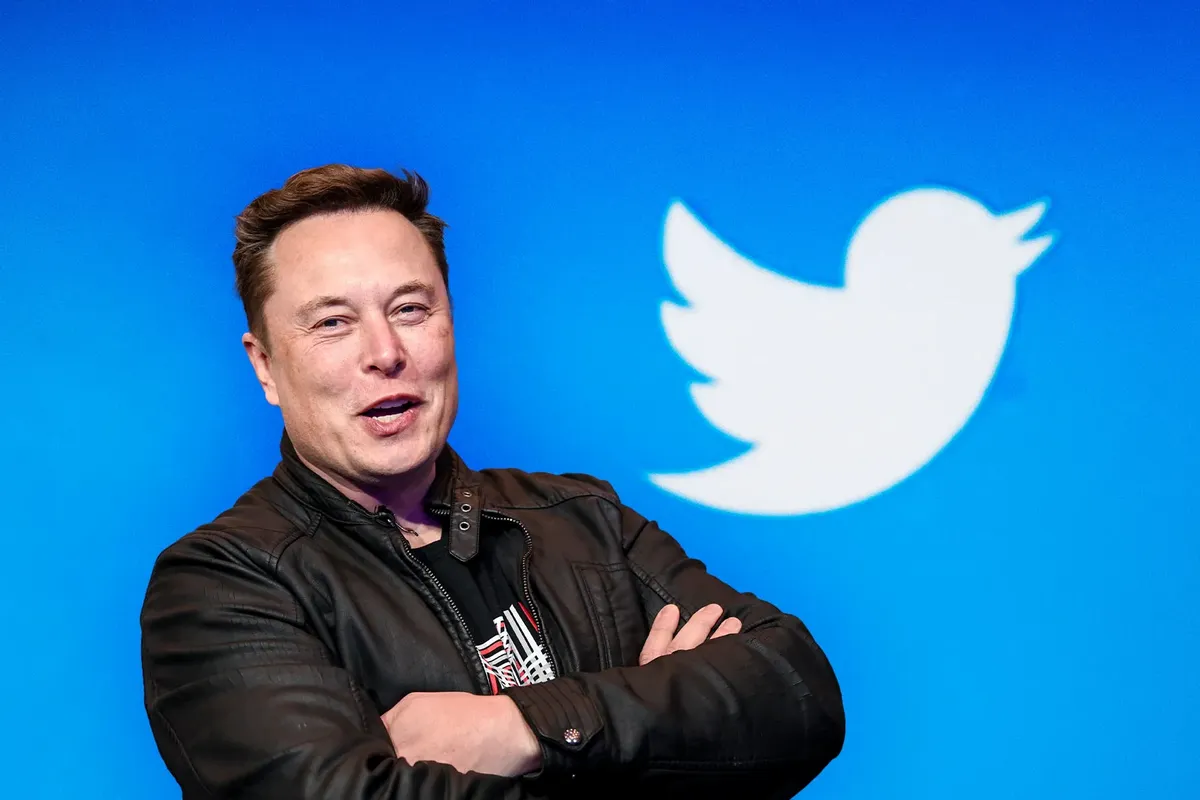May 19, 2022
Is Elon Musk going to save the music industry?

Music companies have demanded that Twitter license music fully.
But, as the platform’s potential new owner, Elon Musk won’t play the music industry’s game – instead, the music industry must play his.
Having said that, a Musk music DAO initiative (let’s call it MuziX, considering Musk’s branding history) could actually be the answer to their plea: it would be a blockchain-based, decentralised copyright management and licensing platform that would democratise the way music is licensed.
The big potential losers should Musk decide to wade into the music biz? Collective rights management organisations and, by proxy, their respective members. To survive in Musk’s world, they must be the architects of their own (current) demise.
Let’s take a closer look at Twitter’s position in the landscape in a music business context: It is a gathering space where musicians interact between themselves and their fandom, and where web3 music projects are launched and managed.
It was labelled by the IFPI as “a significant concern to the music industry” in its submission to the European Commission, and PRS CEO Andrea Czapary Martin urged the company to “take responsibility for the music they share with millions of people around the world”.
Twitter’s response was, “We’re always looking at ways in which we can support our creator community.”
Musk committed to rolling out self-driving cars next year. Processing music transaction would be a walk in the park for him. Transaction costs, which have been flagged as a concern, can be reduced by simply moving to a low-cost, reliable, green blockchain.
So, what would MuziX’s components be?
- A registry for all of the players in the music industry that would provide a unique international ID number and connect them to a dedicated electronic wallet that would give them an overview of all their assets and income generated across the music eco-system by type of use.
- An open database of music composition contributors with splits that are registered on the blockchain, and smart contracts that would set the terms allowing recording artists, DSPs or anyone else who wants to use the music to stream, sync or sample.
- A recordings management tool based on a registered composition attached to it that would register all the participating contributors – producers, performing artists, and session players – on the blockchain, and the terms allowing the use of a recording for any purpose.
- A digital vault of recordings that would include a demo of the new recording to complete the registration of the composition. The demo recording would be analysed via fingerprinting technology to ensure the composition is original and would enable sampling requests. The system would also allow uploading stems that can be used under the terms of the smart contracts and a fingerprint of the recoding.
- It would create the same for any visual/audiovisual work attached to a recording or any contributor.
- A switchboard that would connect all the data with API that would allow anyone who wants to use the copyrighted material personally or aggregate it to third parties under the terms of the smart contracts.
In this new world, songwriters and publishers would be at the centre of creation with the tools to dictate the terms under which their compositions could be used. The recording artists and master owners would be able to set their terms as well. Creators could get an immediate license to use stems to create new work and new income for the original creators.
The same goes for AI music creation tools that could give fandom access to license elements from music they like. Freedom of creation, transparency, and immediate compensation as set by music creators.